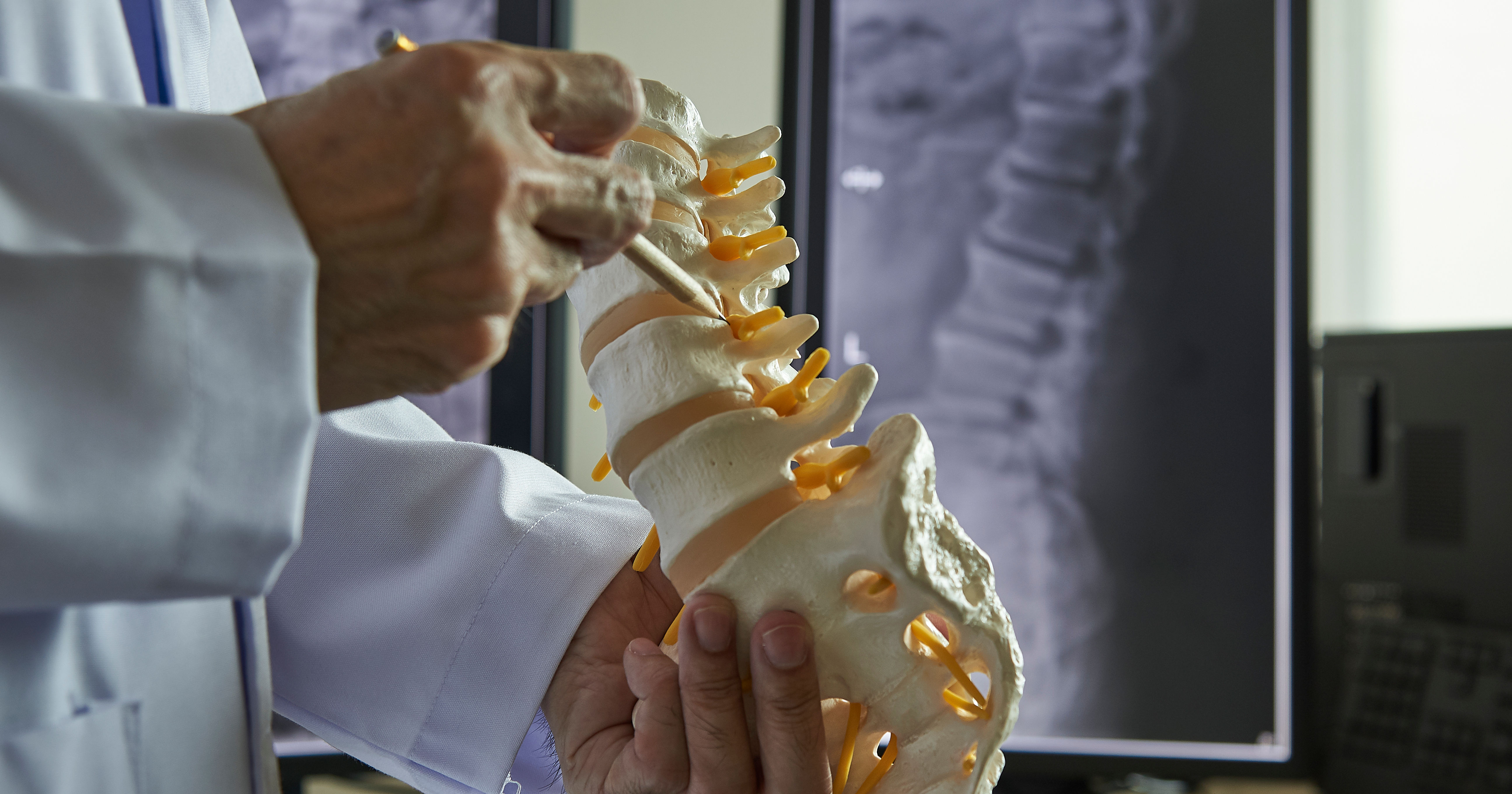Spinal stenosis is s common spine condition that causes back and/or neck pain. Most commonly, spinal stenosis occurs in the low back called the lumbar area. It develops when the spinal canal becomes narrow and compresses the spinal cord. This narrowing can put pressure on the spinal nerves that run down the leg causing pain and inflammation, typically referred to as sciatica. Most often, spinal stenosis is the result of age-related wear and tear, an injury to the spine, disc problems, or arthritis. There are also rare cases where some people are born with spinal stenosis.
Symptoms of spinal stenosis can include:
- Pain that radiates down the leg, known as sciatica
- Pain, tingling, numbness and weakness in one or both legs
- Leg pain that is worsened with walking
- Lessening of pain when stooping or bending forward, often referred to as a “shopping cart sign”
- Loss of bowel and bladder function
- Severe pain and numbness in the legs with abnormal reflexes
- Difficulty walking
There are many non-surgical treatment options for spinal stenosis. Simple things like rest, anti-inflammatory medication, proper diet and exercise can go a long way. Other non-surgical and minimally invasive options are:
- Chiropractic Care
- Low impact exercise to help strengthen the core muscles which support the spine.
- Spine Surgery
- There are situations when you may want to proceed with a surgical recommendation. Surgery may be the next step in your treatment plan if medication and/or a combination of nonsurgical treatments have failed to reduce pain, if the pain is progressively worsening, or if you begin to develop more severe symptoms like numbness or loss of strength in the arms or legs, complete numbness in the pelvis area or the leg, severe muscle weakness in the foot referred to as “foot-drop,” or loss of bowel or bladder control
- Spinal stenosis is difficult to prevent since it usually occurs time by wear and tear on the body, however, you can lower your risk. Keep your spine healthy by:
- Getting regular exercise to strengthen the muscles that support your low back and keep your spine flexible.
- Maintaining good posture .Sit and stand up straight, learn to lift objects correctly



